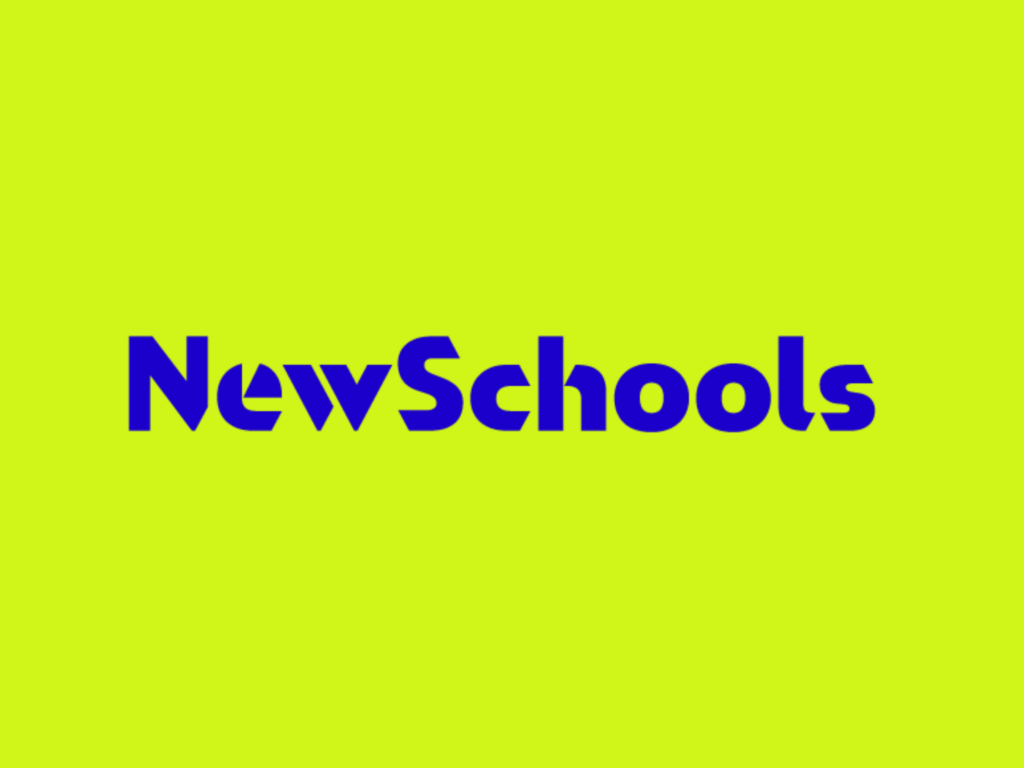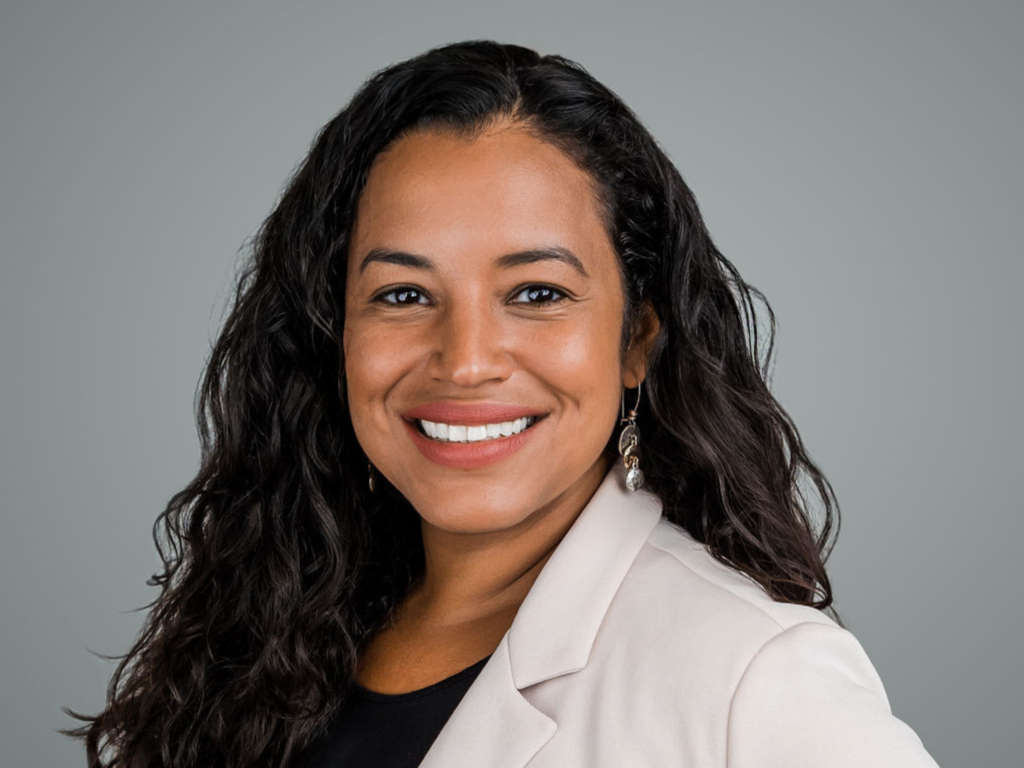 The writing is on the chalkboard: Old-school education is failing, but ed-tech is rising to the head of the class.
The writing is on the chalkboard: Old-school education is failing, but ed-tech is rising to the head of the class.
No small player in ed-tech’s boom is NewSchools Venture Fund, an Oakland-based nonprofit with a particular focus on underserved communities. NewSchools’ board includes the likes of venture capitalists Brook Byers and John Doerr as well as Laurene Powell Jobs.
As teachers, administrators and school districts look for help against tight funding and rising competition, NewSchools has funded ventures such as Khan Academy, the Mountain View nonprofit offering a wide variety of online learning materials and the Oakland cloud-based data management platform Schoolzilla.
I spoke with Jennifer Carolan, a former middle school/high school teacher who now works out of Palo Alto as the managing partner of NewSchools’ nearly three-year-old seed fund, about the future of ed-tech startups and investing as well as the entrepreneurs behind these ventures.
(This story has been edited for length and clarity.)
Q.: You’ve been a teacher. What pushed you from teaching into investing?
Carolan: I was a social studies teacher and we would teach current events, and I would want my class to read a current events article. Their reading levels vary widely, especially if you have a classroom of students, like mine in Palo Alto, that were being mainstreamed. I would either end up rewriting the article or sometimes finding (another) article on the same subject. Now we actually have technology that can automatically level the same article to the student’s level. Everyone can go online and read the same article at their reading level.
We have one company, Newsela. Teachers love this site, though it’s in beta. Students can engage together but at the appropriate level.
Q.: There’s been a lot of investment in ed-tech over the past couple of years, some would even say a bubble. What drives this sector forward? What could trip it up?
Carolan: What’s going on in the ed-tech market is interesting because it mirrors what’s happening in the consumer enterprise market.
Formerly, the older enterprise companies, like Oracle, had very traditional models of selling into large companies, and now we’ve seen a bunch of consumer products companies — Dropbox, Yammer and even SurveyMonkey to some degree — that are products that started in the consumer world and have been able to get traction very quickly. People in corporations are adopting these products, so you’re going around the traditional sales process.
It’s fascinating. In the last two years, this same phenomenon has happened in education. Teachers are the consumers now and they’re using these products.
We have this company, Nearpod, that sells an iPod synchronicity tool to allow a teacher to control the classroom experience on the iPod. They sell their product through iTunes. Teachers don’t want to go through a district procurement process, so they pay out of pocket, or their department will pay and try to get the district to pay next year.
They’re trying to get around the obstacles to use these tools. That’s fueled the growth of all of these companies, and it’s very exciting.
Edmodo and others in our portfolio have grown that way. They’re able to iterate and improve quickly because you get feedback from teachers rather than the old ed-tech model with a suite (where) you sell it to some huge district and you’re sort of done with it and it doesn’t get innovated on in 20 years.
I was in the New York City public schools about six months ago and I was surprised that administrators had green, glowing screens — DOS green. We (as a society) want educators to have the toughest tools to work with and then go home and use consumer media and have the greatest technology.
The other side of this is, districts are pretty impervious to change, which has benefits and challenges. It is still challenging for these companies. Some had lots of traction but at some point they need to develop a business plan to make money.
There’s been very little innovation in the district procurement process. An RFP process can take six to nine months, sometimes longer. It’s hard for startups to respond to an RFP because they are so intensive and the people making the decisions aren’t necessarily the users.
Q.: With this ed-tech investment surge, do VCs risk killing the golden goose?
Carolan: The VC industry has gone through a major change in the past three to five years, maybe longer. There has been consolidation to some extent of the funds. I think that’s a risk for ed-tech companies, because they have 18 to 24 months to grow and get a set of metrics to get a Series A.
Some of our companies can get to sustainability on their seed round and others will raise foundation money, but some in our portfolio overlap with profiles VCs would look for. These companies are generally further from the point of instruction, but not always.
When they get to the Series A, because of where the industry is now, they don’t get an “education discount.” They’re compared to the other consumer companies out there. That’s been a challenge for companies that are more enterprise (related) and selling into schools.
We did an analysis on K-12 VC funding and posted it on our blog, and there’s not a lot of VC funding just rushing into this space. I wish there was more.
I should separate between higher-ed and K-12. There’s still some caution around K-12. We’re starting to see it change.
We have 18 companies in our portfolio, and 25 percent have raised a Series A so far. We’re excited about the VCs that have joined those rounds. For many of those VCs, it’s their first education investment.
Q.: My son’s school has sent messages home a couple of times over the past two years saying, “Sign up for this app” or “Sign up for that website.” I get daily emails with absolutely no information about his homework or what’s happening at the school. No connection for the teacher, kid or parent. Are there just a lot of bad education apps and websites out there?
Carolan: Yeah, there’s a lot going on out there. There’s a lot of activity. One thing missing in the ecosystem is a way for educators to be well informed about what is out there.
Teachers are so overwhelmed about how much activity is going on. There aren’t a lot of good tools to rationalize the in-flow on not just startups but legacy companies or publishers that are starting an online arm. The tools have not caught up for teachers and decision makers to be able (to find) what’s best for them.
I heard a district south of here has 151 vendors, tech companies they’re working with. Just to manage all those groups — Do teachers like them? Are they good? — school districts are not really set up yet for somebody to handle that.
We invested in BrightBytes in San Francisco. They’re two MIT guys working to create this data model about the variables out there (to) gain new insights into what is actually working for various schools. They’re able to correlate all these variables — like what percentage of teachers do online buying right now — because that has a lot to do with readiness.
They hired one of the data gurus from Zynga.
Q.: The Bay Area is an ed-tech mecca. Is that due to the region’s tech players and because VCs are set up here — or is there some unique, deep-seeded interest here more than other regions around improving education?
Carolan: I think it’s all of the above.
The funding structure is here. Out of the 18 companies in our portfolio, 14 are Bay Area based. It is definitely more. The pipeline is heavily Bay Area and Peninsula.
The Imagine K12 incubator is in its second year, started by three tech entrepreneurs. It’s the (Y Combinator) for education, and that has really strengthened the pipeline and brought new talent to the space. We have funded six of their companies.
We have the funding. We have the incubators and the ecosystem. There’s a huge overlap between the high-tech (community) in the Valley and education. We have the advisors crossing over from tech to education.
When we convened our group (of companies) on June 5, a lot of our advisors came from high tech and wanted to leverage their expertise to improve schools. They have their own kids now.
There’s Tynker. (Krishna Vedati is) a serial entrepreneur with (a couple of) exits and now has his own kids and wanted to teach coding for elementary schools.
The number-two pipeline is Washington, D.C., and they have their own little ecosystem — people who have left the first generation to spawn new startups. That is emerging as an ed-tech hub.
Q.: So are savvy teachers leaving the classroom for a startup?
Carolan: Many of our companies are founded by teachers who have left the classroom. Teachers are creating home-grown solutions and throwing them up on the Internet and then they see other teachers flock there.
NoRedInk was founded by a public school teacher in Chicago who created a site to teach kids how to use grammar in a way that makes it more engaging and exciting. Instead of worksheets and textbooks, he contracted someone to code a site and create sentences — about friends or Justin Bieber or whatever — to practice their grammar. He’s a great teacher who created a site, got huge traffic and left for the Imagine K12 incubator. He got $2 million in seed funding from us and Social + Capital.
There are a number of (similar) stories: GoalBook was started by an East Palo Alto teacher and it’s growing, and LearnZillion and BetterLesson.
I’d guess that one-third to 40 percent (of the NewSchools portfolio) are teachers who have founded these companies.

